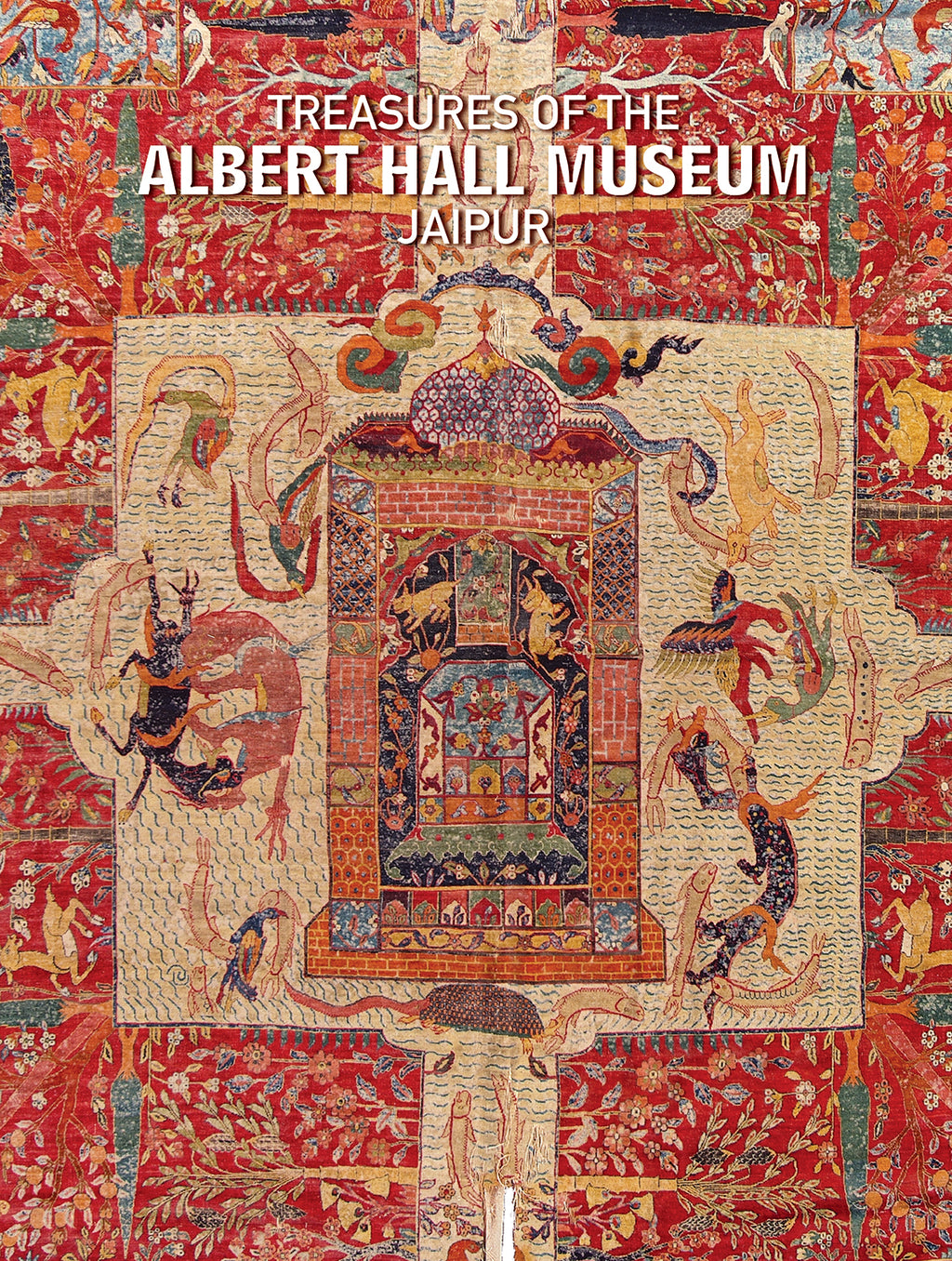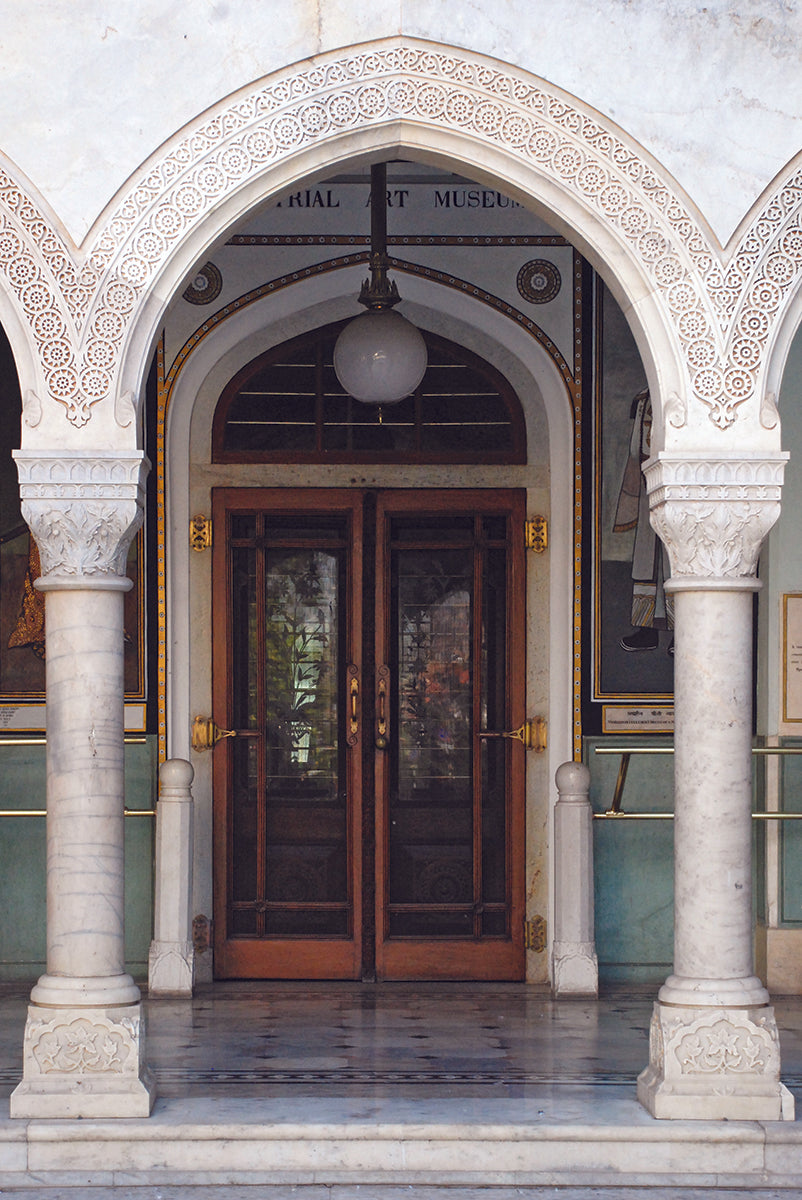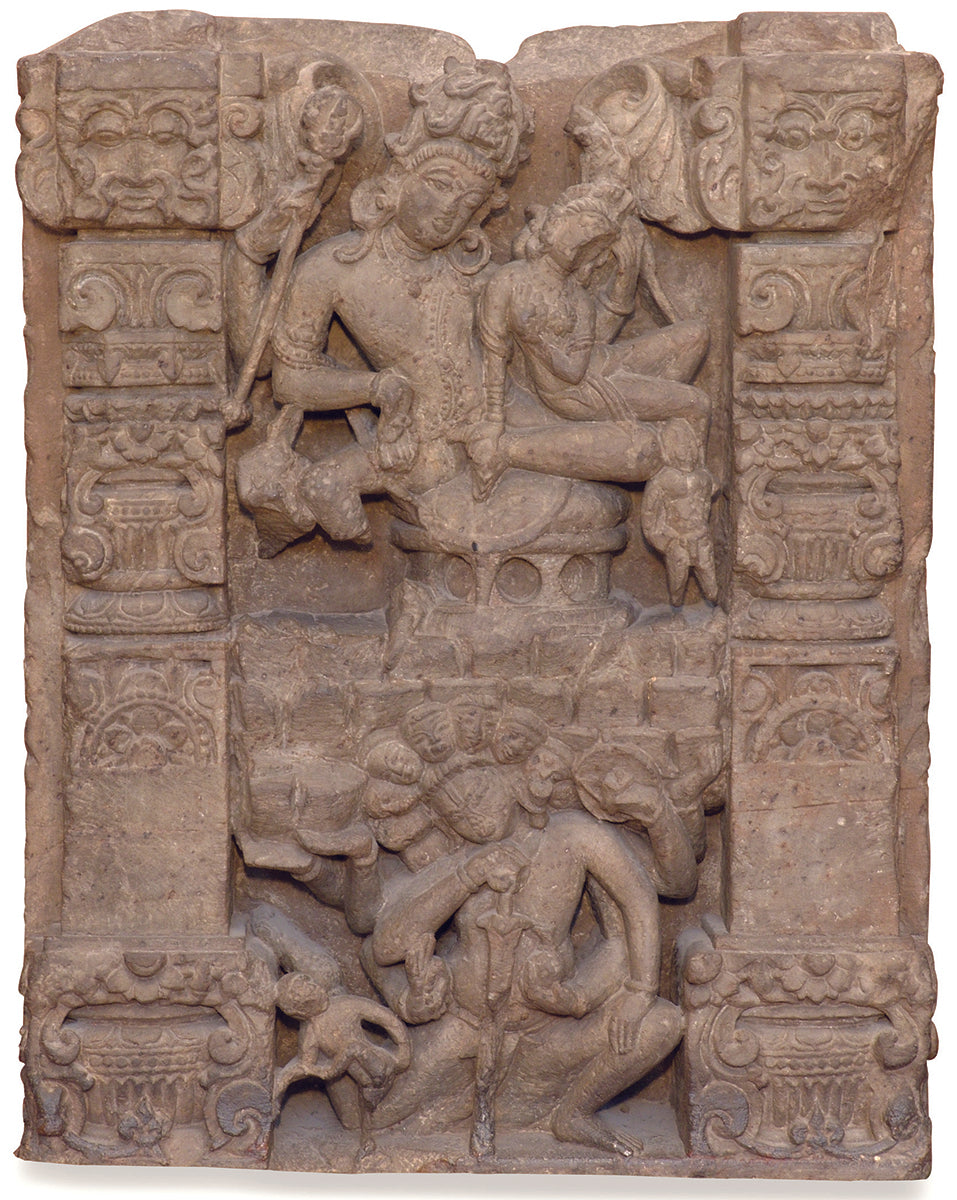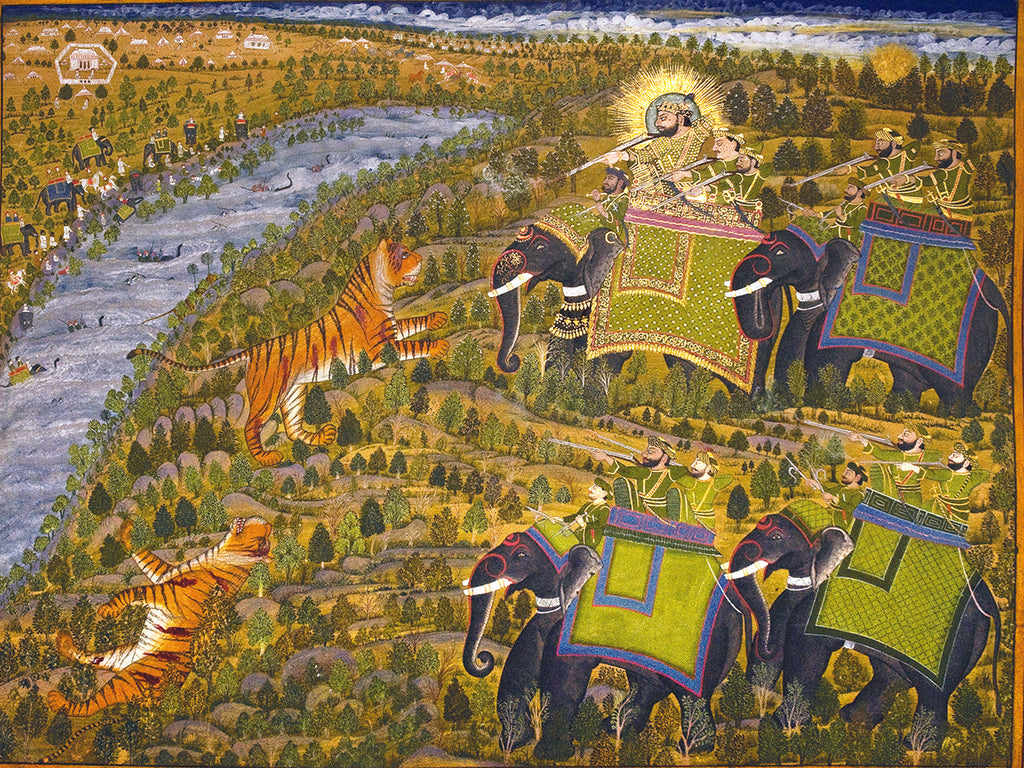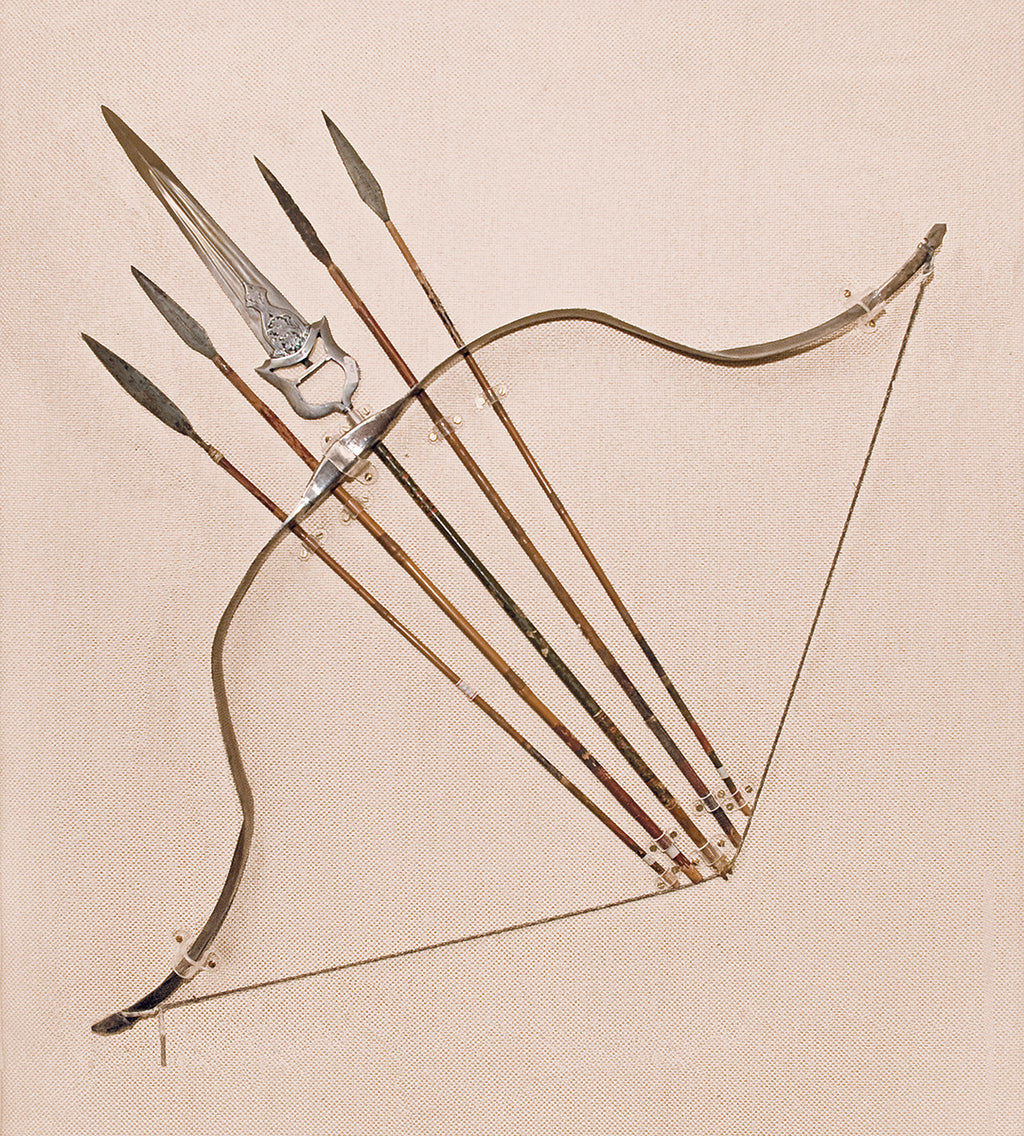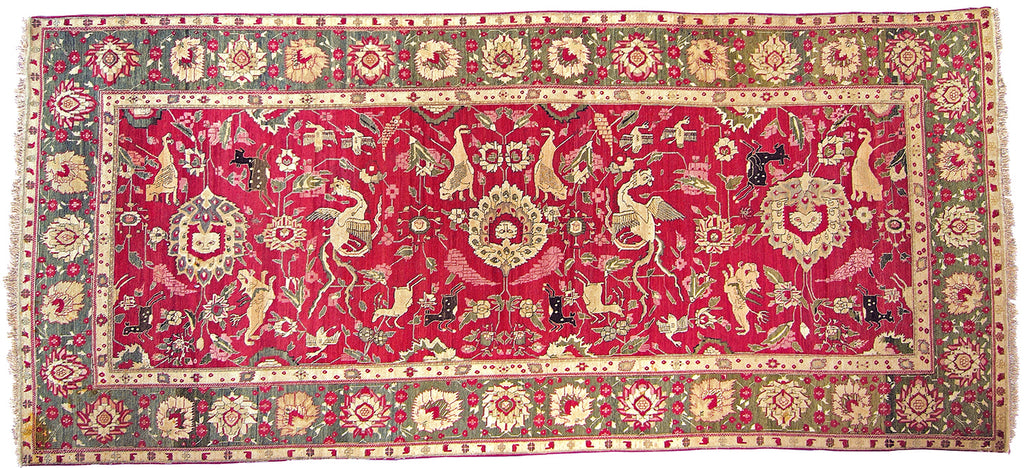Treasures of the Albert Hall Museum, Jaipur
The Albert Hall Museum in Jaipur, Rajasthan, is one of the finest museums of the 19th century.
In the atmosphere of change, which spurred a desire to preserve the heritage of local arts and crafts, the vision for the museum was brought to life by Thomas Holbein Hendley. The repository of 19,000 objects collected by him is a valuable inheritance today: arms and armour, sculpture, international art, pottery, stone work, wood work, ivory, jewellery, clay models, musical instruments, coins and seals, carpets, and miniature paintings. The museum is home to the rare Persian Garden Carpet and also an Egyptian Mummy.
The Albert Hall building, designed and built by Sir Samuel S Jacob in 1887, is itself one of the best examples of Indo-Saracenic architecture in India, combining elements of Mughal and Rajput styles. Although it was christened "Government Central Museum, Albert Hall, Jaipur" after India's independence, it continues to be known simply as "Albert Hall Museum".
It was opened to public in July 2008, after renovations that lasted 14 months. Tourists, students, historians, artists and artisans now have the opportunity to experience the range of 19th-century Industrial Arts, in a modernized and technologically advanced environment.
Edited by Dr Chandramani Singh, this catalogue presents a selection of the treasures that are on display at Albert Hall, Jaipur.
Chandramani Singh is an art historian and has also studied sculpture and museology. She is the director for documentation at the Jawahar Kala Kendra in Jaipur.
Bapa Dhrangadhra was educated at Oxford. He belongs to the royal family of Dhranghadhra and has been familiar with traditional Indian arms since his childhood.
Devendra Handa is a scholar of Indian history, archaeology and numismatics.
Navina Haidar Haykel is Associate Curator at the Department of Islamic Art, Metropolitan Museum of Art, New York.
Dharmendar Kanwar is a writer and author based in Jaipur, closely involved in heritage conservation. Dipti Khera is a PhD candidate in the Department of Art History and Archaeology at Columbia University, New York.
Indrajit Singh Masuda is Member, Rajasthan State Museum Management and Development Society. He served in the Indian Foreign Service for 38 years.
Kristine Michael is a noted ceramic artist and curator. She teaches art at The British School in New Delhi.
Vijay Verma is a scholar of Indian music, arts and literature. He has served in the Indian Administrative Service for over 30 years.
Rajendra Yadav is with the Archaeological Society of India.
| ISBN | 9788189995263 |
| Pages | 120 |
| Number of photographs | 157 |
| Size | 9 x 12" (229 x 305 mm), hc |
| Date of Publishing | 2009 |
| Language(s) | English |
| Co-publisher(s) | Mapin in association with Department of Archaeology and Museums, Government of Rajasthan |
| Rights Available | World rights |





